The tarantula hawk, a large, vividly colored wasp, is infamous for its excruciatingly painful sting. Found primarily in the Southwestern United States, these formidable insects are not aggressive but will defend themselves if threatened. Understanding the nature of their sting and knowing how to react is crucial for anyone who ventures into their habitat. This guide provides essential steps to survive a tarantula hawk sting, minimizing pain and potential complications. Remember, while the sting is extremely painful, it’s rarely life-threatening. However, it’s essential to remain calm and follow the right steps.
Understanding the Tarantula Hawk Sting
The tarantula hawk sting is delivered by the female wasp, which uses it to paralyze tarantulas, dragging them to their nests to serve as hosts for their larvae. The stinger itself is long and can inject a potent venom. The venom is composed of various compounds that cause intense pain, often described as one of the most painful stings in the world. The wasp’s sting is not designed to kill, but to incapacitate the prey. The pain is immediate and can last for several minutes, followed by a throbbing sensation. Learning how to react can greatly reduce the impact of the sting.
The Immediate Pain and Reaction
The initial sensation of a tarantula hawk sting is intense and immediate, often compared to being struck by lightning. The pain quickly spreads from the sting site, causing a burning, throbbing sensation. The area around the sting will likely become red and swollen. The intensity of the pain can cause a person to feel disoriented, and it may be accompanied by a rapid heartbeat and increased anxiety. It is important to remain as calm as possible to mitigate the effects of the pain and to take appropriate action. Remember, this initial reaction is crucial to assess and manage.
Recognizing the Symptoms
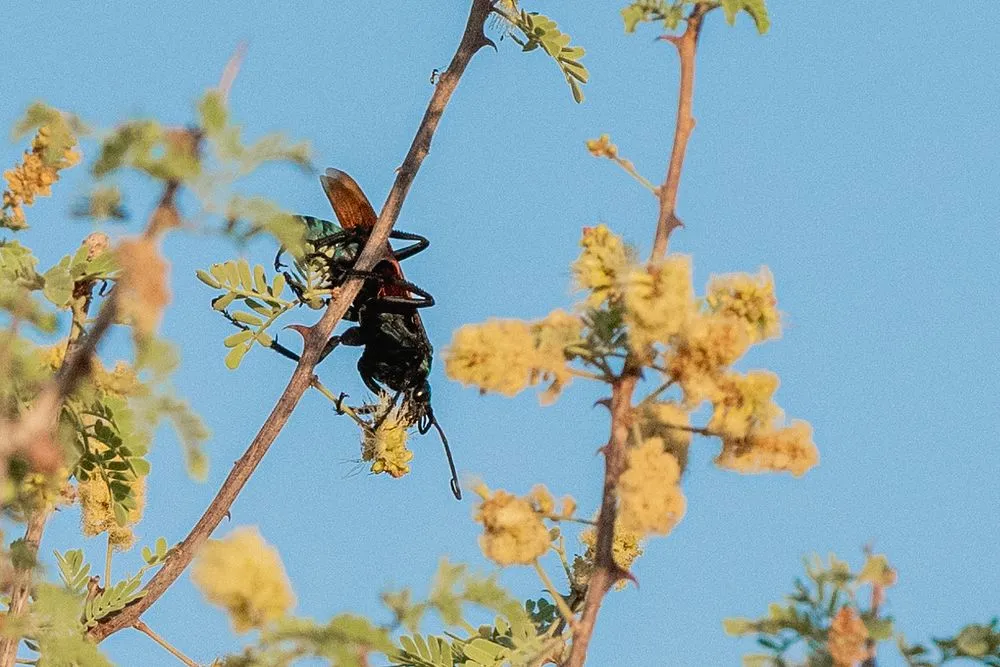
The symptoms of a tarantula hawk sting are readily apparent. The most prominent symptom is the severe pain at the sting site, which peaks within a few minutes and can last for several hours. The area will become noticeably swollen and red. You may experience a throbbing sensation, and the surrounding skin might feel warm to the touch. Other symptoms may include dizziness, nausea, and difficulty breathing. In rare cases, if you are allergic, more severe symptoms can occur. Be sure to monitor your body’s response and seek immediate medical help if you experience severe or worsening symptoms.
Step 1 Stay Calm
The first and most critical step is to remain calm. The intense pain can trigger a panic response, which can worsen the situation. Take deep, controlled breaths and focus on staying composed. Find a safe spot and begin to assess the situation. Panic increases your heart rate and can make the pain feel more intense. By remaining calm, you allow your body to cope better and allow for rational decision-making. This initial phase is essential for controlling your body’s response and preventing further complications.
Why Staying Calm is Crucial
Staying calm helps in several ways. It lowers your heart rate and blood pressure, reducing the overall stress on your body. It also allows you to think clearly and assess the situation, determining the best course of action. Panic can lead to hyperventilation, which can increase anxiety and make the pain feel even more overwhelming. Being calm will help you focus on the steps needed to manage the sting. This is important as it will allow the body to heal and for any first-aid measures to be administered effectively.
How to Control Your Breathing
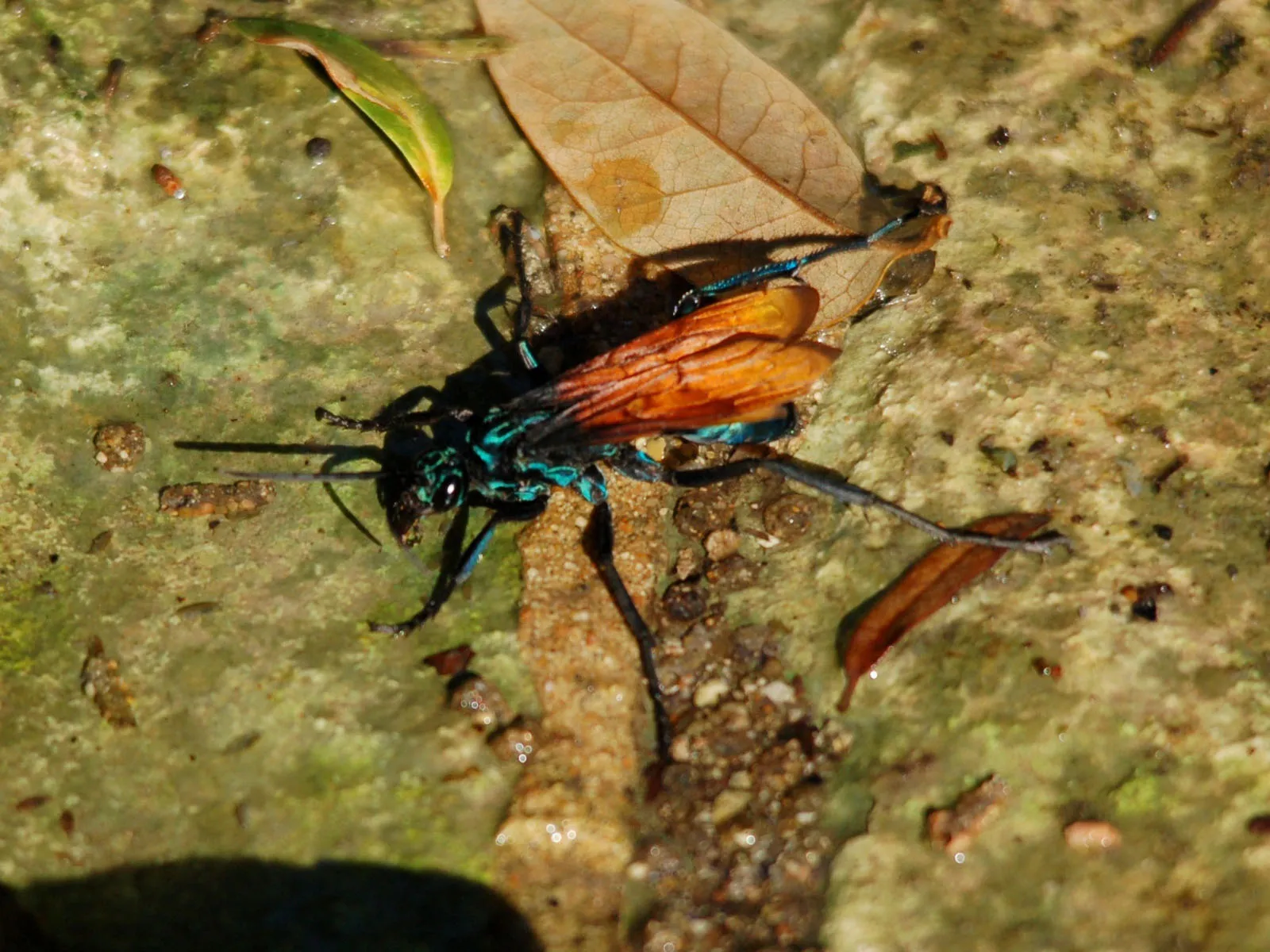
Deep, controlled breathing is a simple but effective way to calm yourself. Inhale slowly and deeply through your nose, hold your breath for a few seconds, and exhale slowly through your mouth. Repeat this process several times until you begin to feel more relaxed. Focus on your breath; this will help distract you from the pain. Concentrate on slow, deliberate breaths. Use the image of the image to show you how to control your breathing. Controlled breathing reduces anxiety and allows the body to focus on healing and recovery, rather than panicking. This will give your body a better chance to cope with the venom.
Step 2 Remove the Stinger
If the stinger is still present, it’s crucial to remove it promptly. Gently scrape the stinger out using a credit card, fingernail, or the edge of a flat object. Avoid squeezing the area around the sting, as this can inject more venom. Remove the stinger carefully to minimize venom release. Do not attempt to grab the stinger with tweezers. This step is important to stop the continued release of venom into your body. Remember, time is of the essence, but careful removal is more important than rushing.
Proper Methods for Stinger Removal
The goal is to remove the stinger without squeezing the venom sac. Use a flat, smooth object like a credit card or the edge of a knife to scrape the stinger out. Apply gentle pressure and move the object across the skin to lift the stinger out. Avoid using tweezers or your fingers, as these can squeeze the venom sac. If the stinger is deeply embedded, seek medical assistance. Quick removal will help reduce the amount of venom injected and speed up recovery.
Why Avoid Squeezing the Stinger
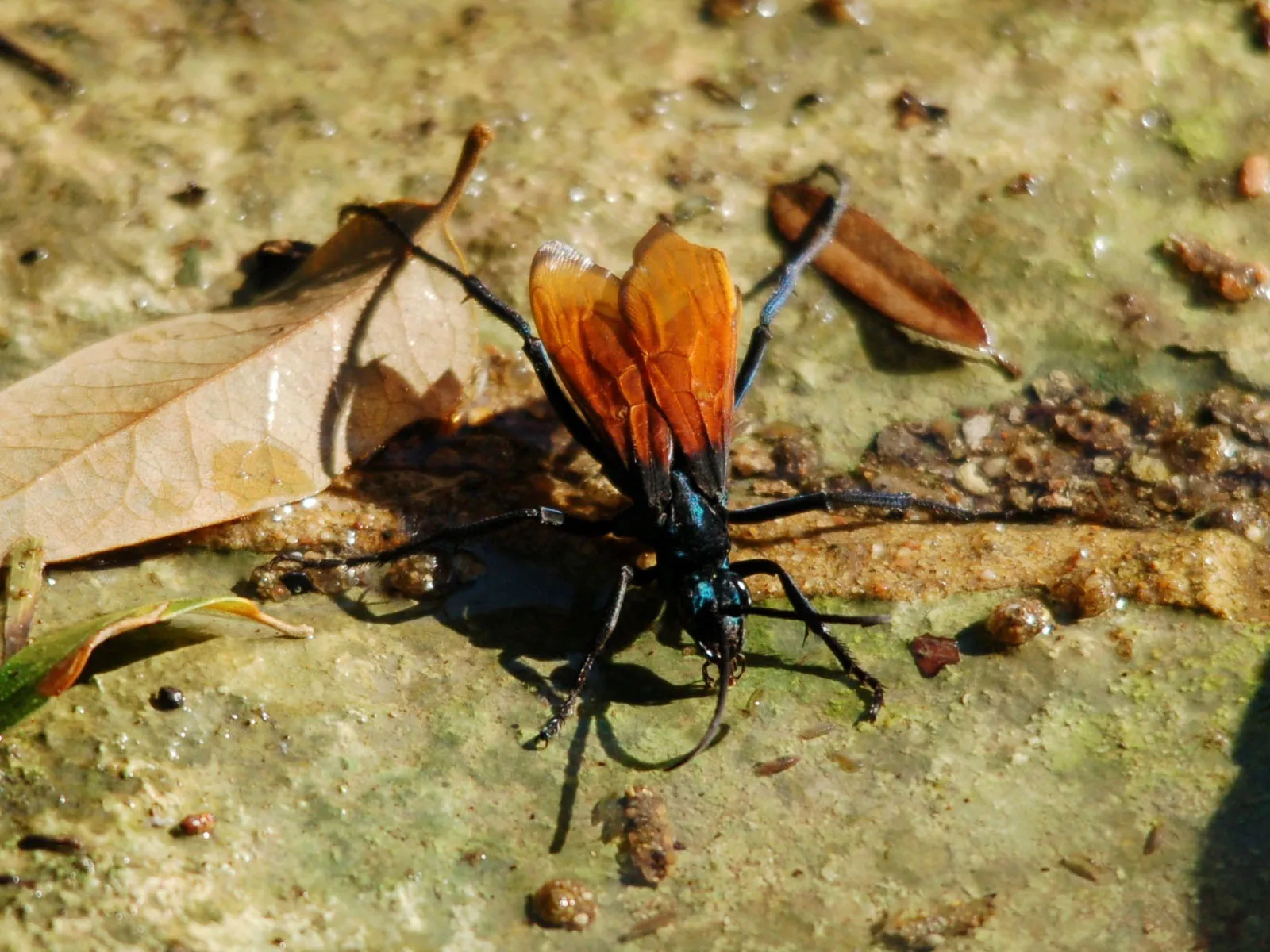
Squeezing the area around the sting can push more venom into your body, increasing the pain and prolonging the reaction. The venom sac is often located near the stinger; squeezing can rupture this sac, releasing additional venom. This increases the intensity of the pain and potentially prolongs the healing time. The objective is to minimize the amount of venom injected. Gentle removal is essential, which is why it is important to use a flat object and avoid squeezing.
Step 3 Clean the Wound
After removing the stinger, clean the area thoroughly to prevent infection. Wash the sting site gently with soap and water. This removes any remaining venom and debris, reducing the risk of infection. Cleaning the wound is an essential step to ensure the healing process is not affected. Proper hygiene will ensure you are protecting your body from any possible infection. After washing, pat the area dry with a clean cloth.
Best Practices for Cleaning
Use lukewarm water and a mild soap. Gently massage the area with your fingers or a clean cloth to remove any dirt or debris. Avoid harsh scrubbing. Rinse thoroughly and pat the area dry with a clean cloth. This ensures that the area is free of potential contaminants. Clean the area again and then apply your chosen cleaning agent, being sure to follow any and all instructions. This reduces the risk of secondary bacterial infections and promotes faster healing.
What Cleaning Agents to Use
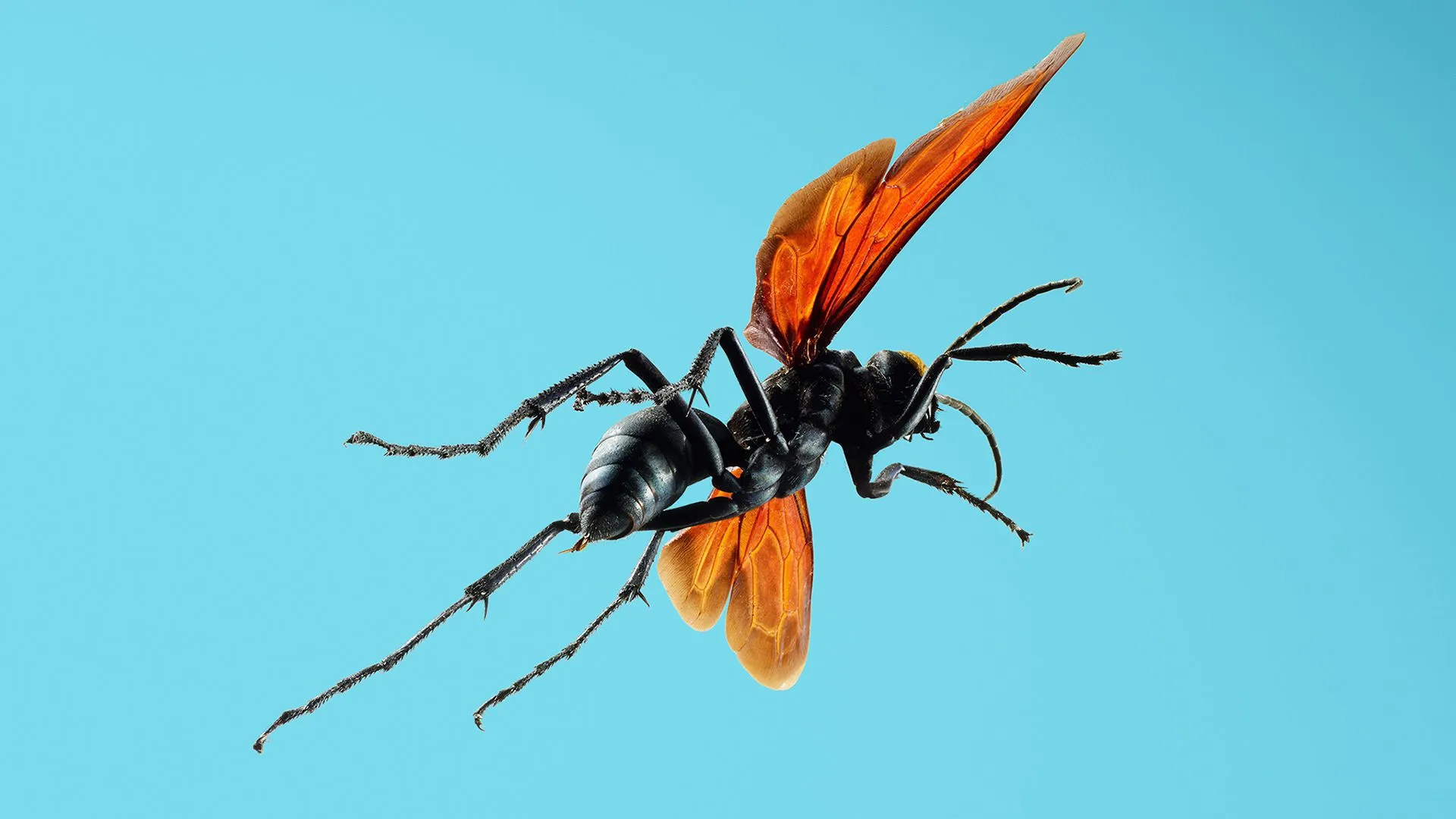
Mild soap and water are usually sufficient for cleaning the wound. If you have them available, you can also use an antiseptic solution such as povidone-iodine or chlorhexidine. Avoid alcohol-based products, as they can be irritating. Make sure the cleaning agent is safe for skin and follow the product instructions. After cleaning, the use of a clean bandage can help protect the site from further contamination and promote the healing process.
Step 4 Apply First Aid
Applying first aid can alleviate some of the pain and discomfort. Immediately after cleaning the wound, apply an ice pack to the sting site. This helps reduce swelling and can numb the area. Over-the-counter antihistamines can also help to reduce itching and swelling. Applying these first aid measures is important to make you more comfortable while your body processes the venom. Take a look at the following methods to apply first aid measures.
Using Ice Packs Effectively
Apply an ice pack to the sting site for 10–20 minutes at a time, several times a day. Use a cloth between the ice pack and your skin to prevent frostbite. The cold helps to constrict blood vessels, reducing swelling and pain. Ensure the ice pack is applied correctly and you take breaks to avoid any skin damage. Consistent application of ice packs will keep you more comfortable and reduce the swelling. Consider wrapping the ice pack in a towel before applying it.
Applying Antihistamines and Pain Relievers
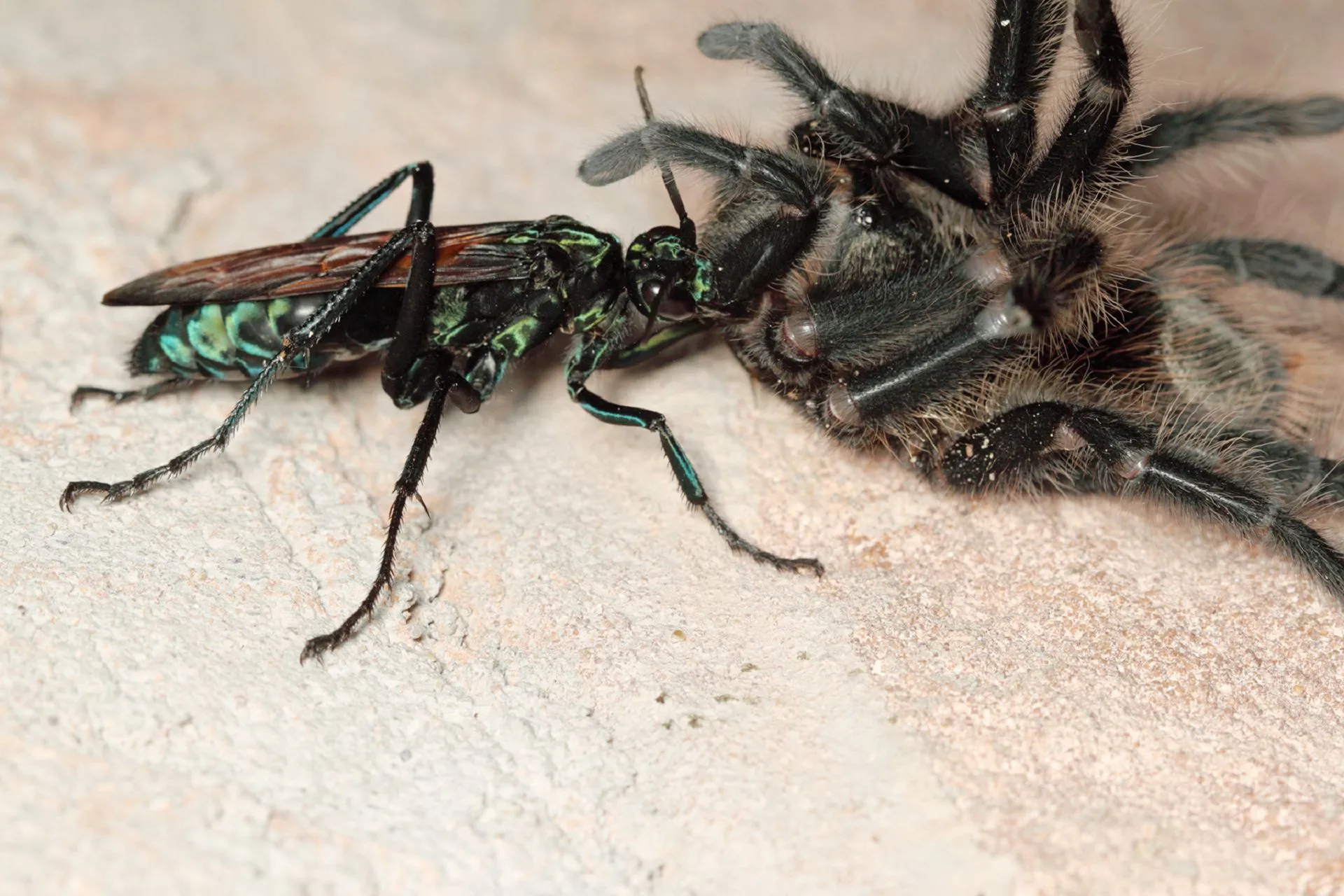
Over-the-counter antihistamines can help to reduce itching and swelling. Follow the dosage instructions on the packaging. For pain relief, you can take over-the-counter pain relievers such as ibuprofen or acetaminophen. Always follow the recommended dosage. These medications can significantly improve your comfort and overall well-being during recovery. If you are not sure about the medication, contact your doctor. Always check for any potential allergies before taking any medication.
Step 5 Seek Medical Attention
While a tarantula hawk sting is rarely life-threatening, you should seek medical attention if you experience severe symptoms. Monitor yourself closely for any signs of an allergic reaction, such as difficulty breathing, swelling of the face or throat, or hives. These symptoms require immediate medical care. Even if you don’t have an allergic reaction, consult a doctor if the pain is unbearable or if the symptoms worsen. Seeking medical help guarantees you receive appropriate treatment and prevent complications.
When to Seek Professional Help
Seek medical attention immediately if you experience severe symptoms, such as difficulty breathing, swelling of the face or throat, dizziness, or loss of consciousness. If the pain is unbearable or the symptoms worsen over time, consult a doctor. Medical professionals can provide appropriate treatment, such as stronger pain relievers, antihistamines, or in rare cases, epinephrine. If in doubt, it’s always best to err on the side of caution and seek professional help. The image will help you understand when you should get assistance.
Allergic Reactions and Complications
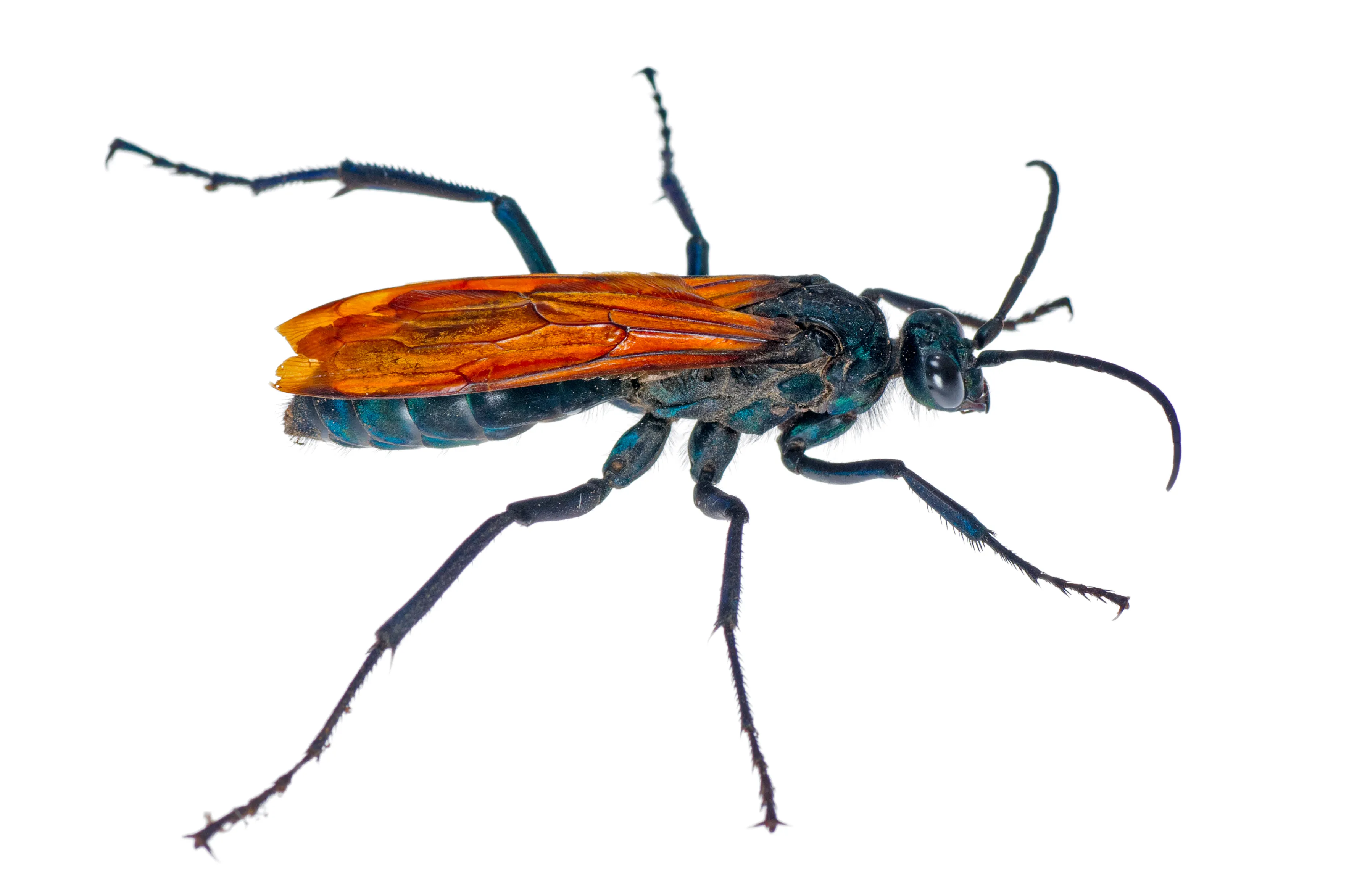
In rare cases, a tarantula hawk sting can cause an allergic reaction or other complications. Symptoms of an allergic reaction include difficulty breathing, swelling of the face, lips, or throat, hives, and dizziness. If you experience any of these symptoms, seek immediate medical attention. Other complications can include secondary infections at the sting site. Prompt medical intervention is essential to address complications and ensure the best possible outcome.
Conclusion
Surviving a tarantula hawk sting involves staying calm, removing the stinger, cleaning the wound, applying first aid, and knowing when to seek medical attention. While the sting is exceptionally painful, following these steps can help minimize the impact and ensure a smoother recovery. Always be cautious in areas where tarantula hawks are prevalent. Understanding their behavior and knowing the steps to take can provide valuable protection and help you navigate encounters with these fascinating, but formidable, insects.
